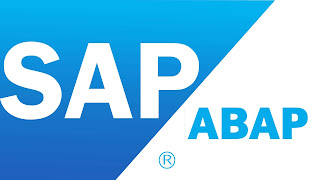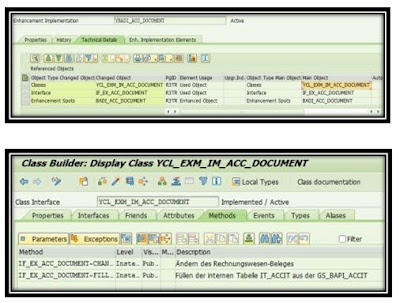What are the differences
between Classic (Old) BADI and New (Kernel) BADI?

Ans :-
|
Classic or Old BADI |
New or Kernel BADI |
|
1.
The standard method GET_INSTANCE of the standard class CL_EXIT_HANDLER is
used to call |
1.
The ABAP statements GET BADI & CALL BADI are used to work with New
BADI’s. |
|
2.
An interface of a BADI referred to create the Reference object |
2.
The definition of a BADI is referred to create the Reference object |
|
3.
It is not faster as like the Kernel BADI |
3.
It is faster than the Classic BADI |
|
4.
It can be a multiple use BADI |
4.
It must be a single use BADI |
|
5.
The Fall back class can’t be defined |
5.
The Fall back class can be defined |
|
6.
It can be a Filter Dependent BADI |
6.
It is not possible to maintain the Filter values |















